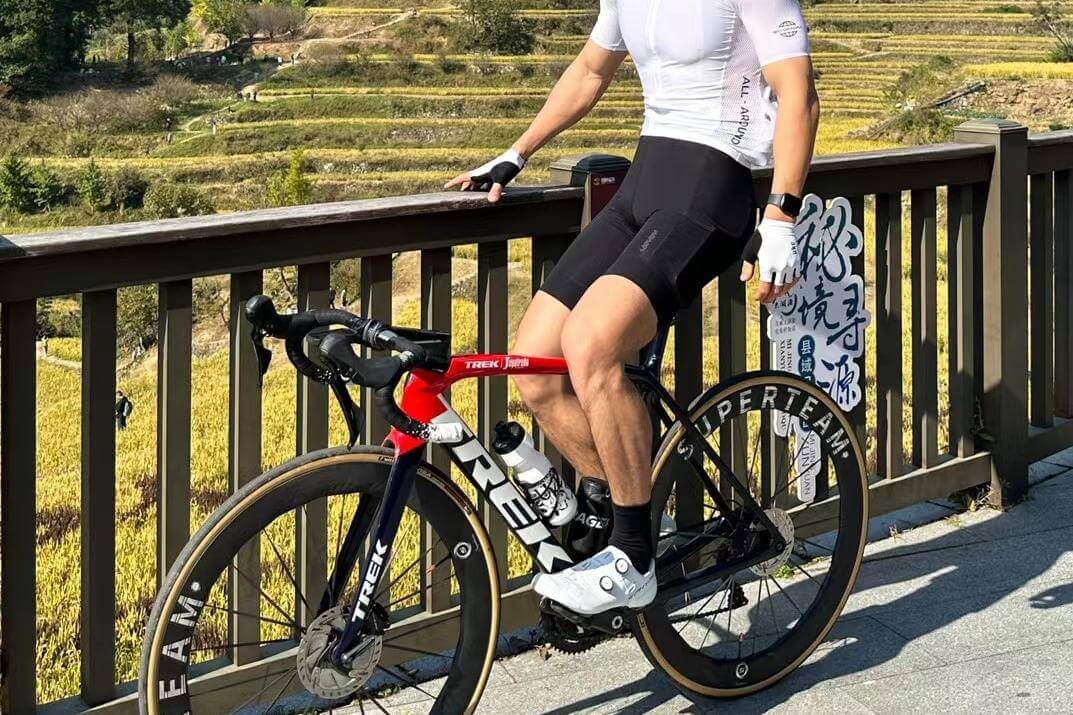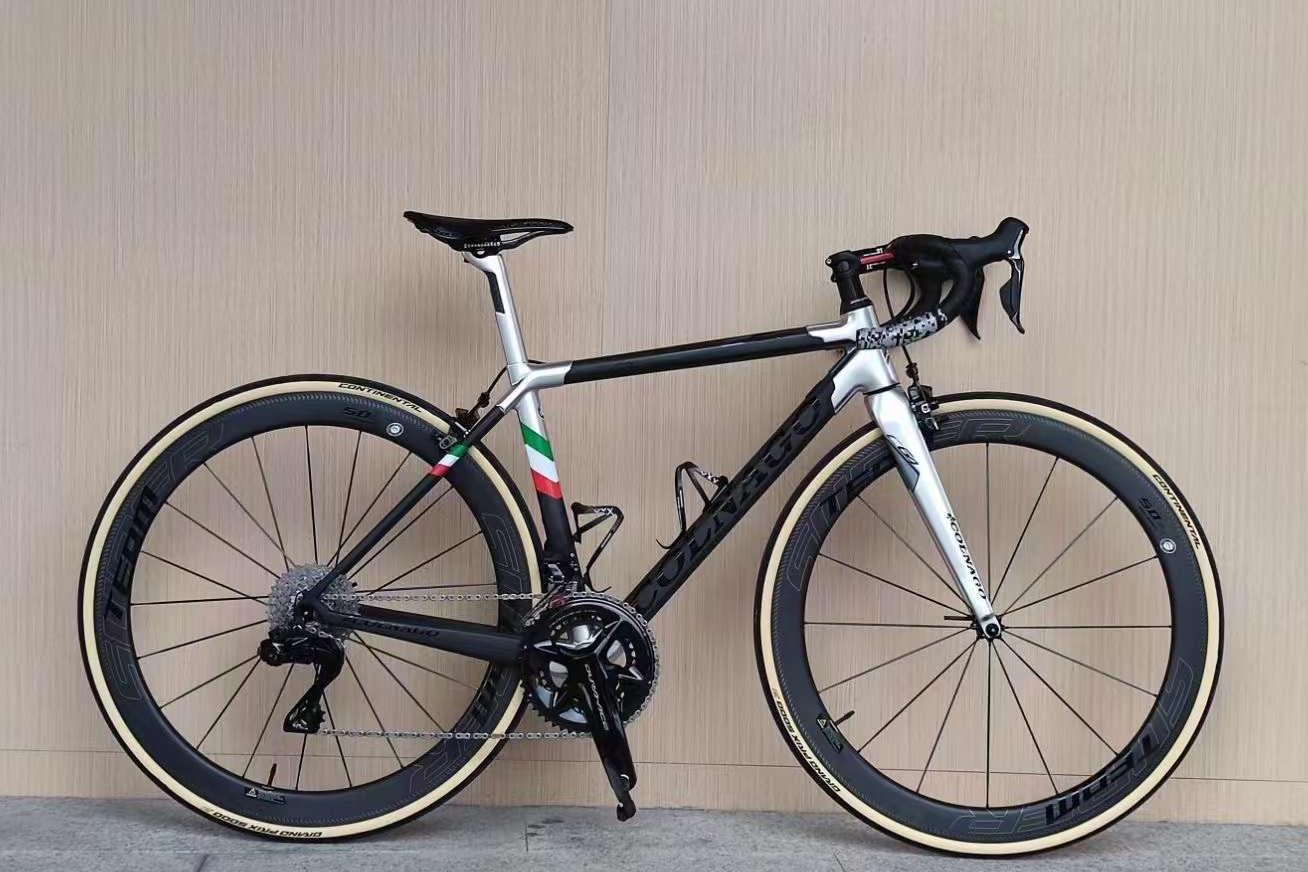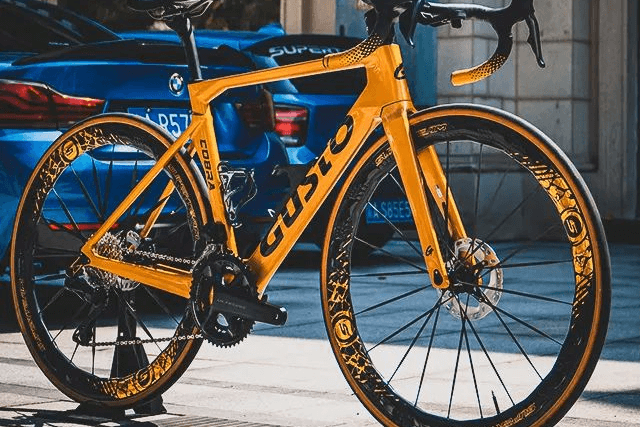Aero wheels are designed for speed and efficiency, but do they really belong in your off-season training setup? Many riders hesitate to use their high-end carbon aero wheels during winter or base training months — and for good reason. The off-season focuses on endurance, stability, and consistent effort rather than outright speed.
However, with the right approach, aero wheels can still be part of your off-season toolkit — without unnecessary wear or risk. Here’s how.

1. Know Your Training Goals First
Off-season training is typically about building aerobic fitness, pedal smoothness, and technical control. You don’t need maximum aerodynamics during these sessions.
If your sessions are mostly steady Zone 2 rides or endurance base miles, your heavy-duty training wheels might be a better fit. But if you include high-speed drills or race-specific efforts, integrating aero wheels occasionally can help maintain your race feel.
2. Choose the Right Conditions
Aero wheels tend to be deeper and more sensitive to side winds. During the off-season, when the weather is unpredictable, it’s wise to choose your days.
Avoid using deep-section wheels on windy or wet days.
Opt for mid-depth rims (50-58mm) when you want a balance of aero advantage and handling stability.

This ensures your training remains safe while still providing some aerodynamic benefit.
3. Focus on Equipment Familiarity
One advantage of using your aero setup in training is getting used to how it feels. The handling, braking, and acceleration of deep-section wheels differ from traditional training wheels.
By occasionally riding your race wheels in controlled sessions, you’ll develop better feedback and confidence for actual race conditions.
4. Protect Your Investment
Off-season conditions — grit, moisture, and road salt — can harm carbon rims and bearings.
If you do decide to train with aero wheels:
Clean them thoroughly after every wet or dirty ride.
Use carbon-specific brake pads and replace them before switching back to alloy wheels.
Keep hubs greased and check spoke tension regularly.
A little extra care goes a long way in preserving performance and longevity.

5. Mix It Up Smartly
Instead of using aero wheels all winter, alternate between your training wheelset and aero wheelset.
For example:
80% of your rides: durable alloy or all-weather carbon wheels.
20% of your rides: your actual aero setup for skill retention and bike handling practice.
This balance gives you the best of both worlds — durability and familiarity with your race setup.
6. Don’t Chase Speed Metrics
Winter training isn’t about chasing KOMs or average speed. Aero wheels may make your numbers look faster, but that’s not the goal. Focus on power zones, cadence consistency, and heart rate control. Leave performance comparisons for the race season.

Conclusion
Using aero wheels in off-season training isn’t overkill — it’s about moderation and purpose. Incorporate them strategically to maintain feel, fine-tune handling, and ensure your race-day setup feels natural when the season starts. With smart care and timing, your aero wheels can serve you all year round — without unnecessary wear or risk.




Dejar un comentario
Todos los comentarios se revisan antes de su publicación.
Este sitio está protegido por hCaptcha y se aplican la Política de privacidad de hCaptcha y los Términos del servicio.